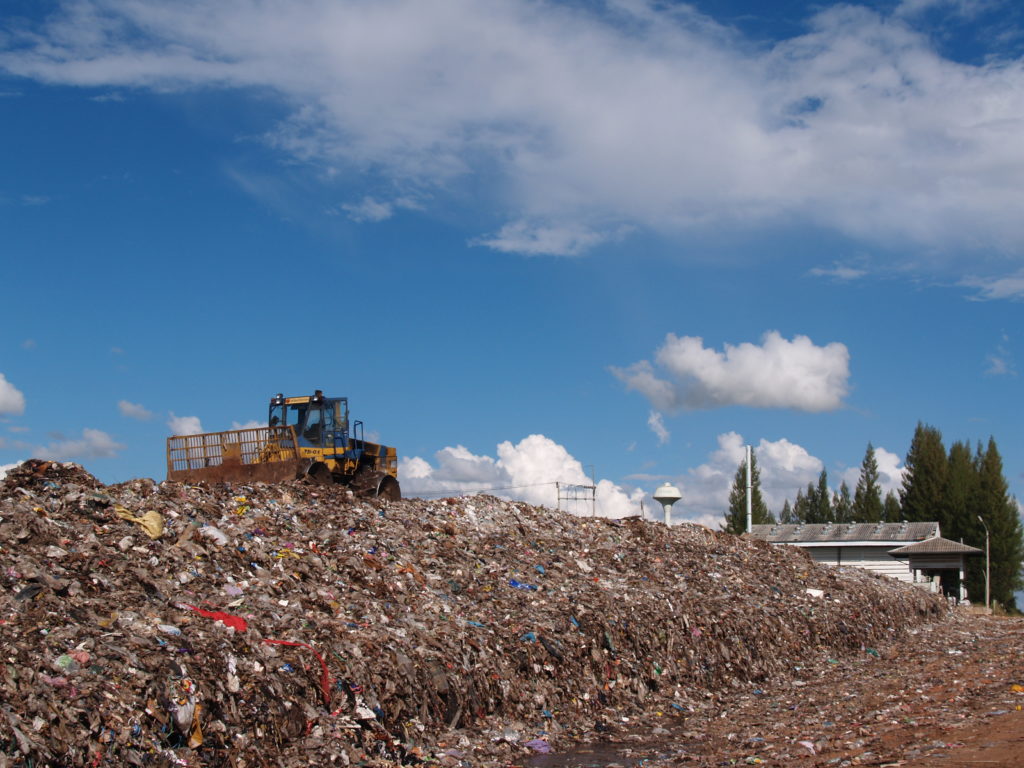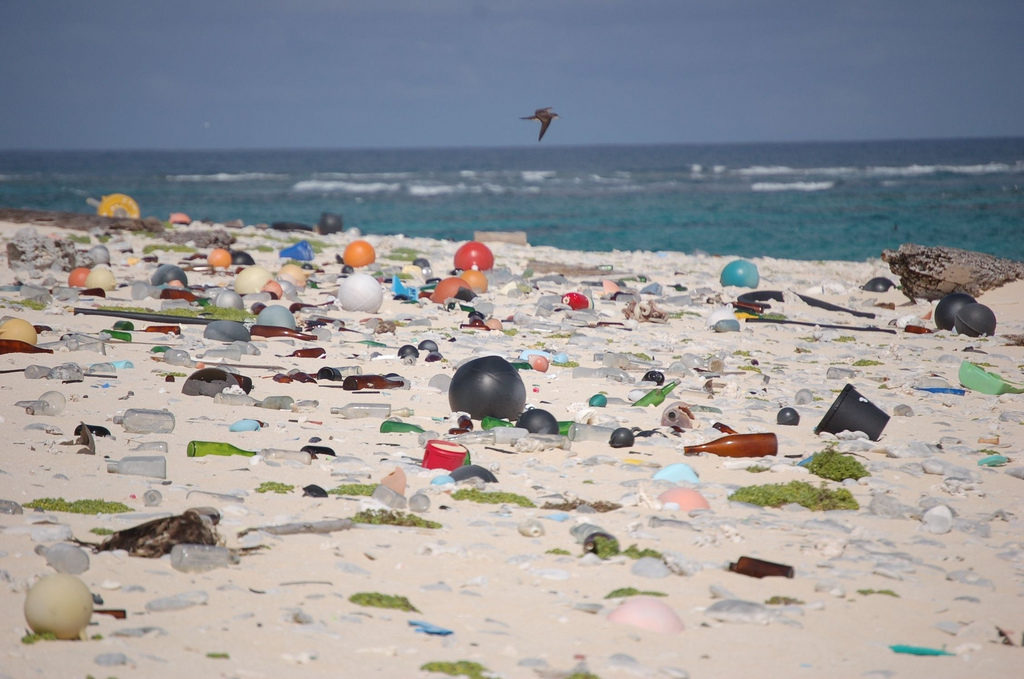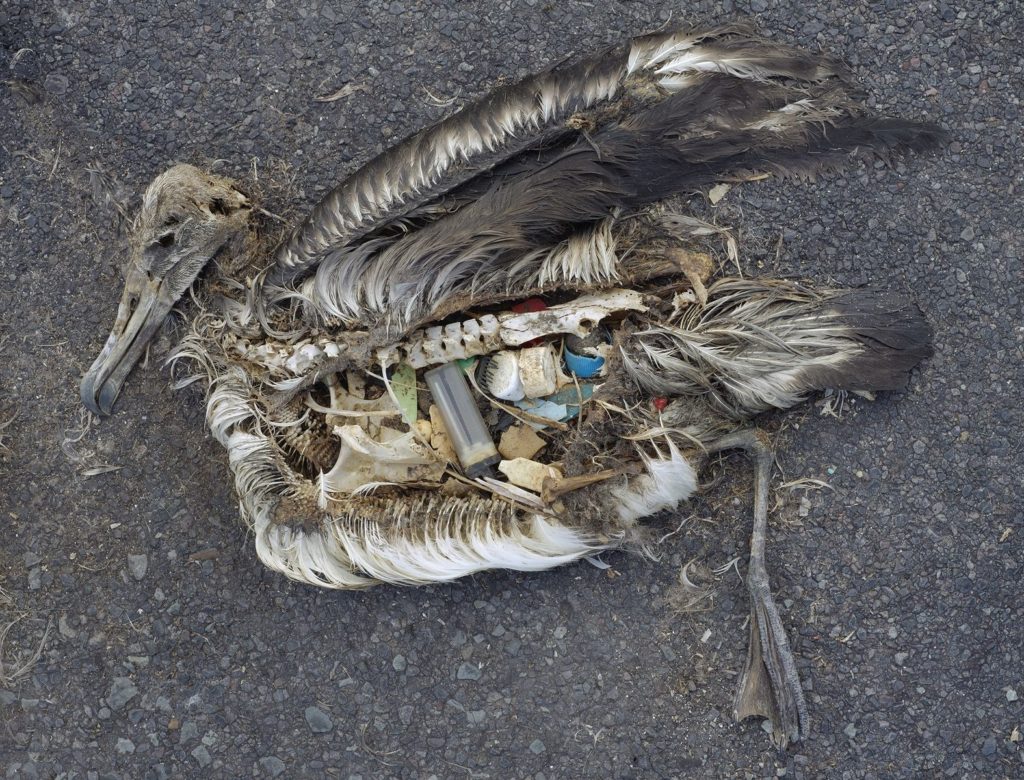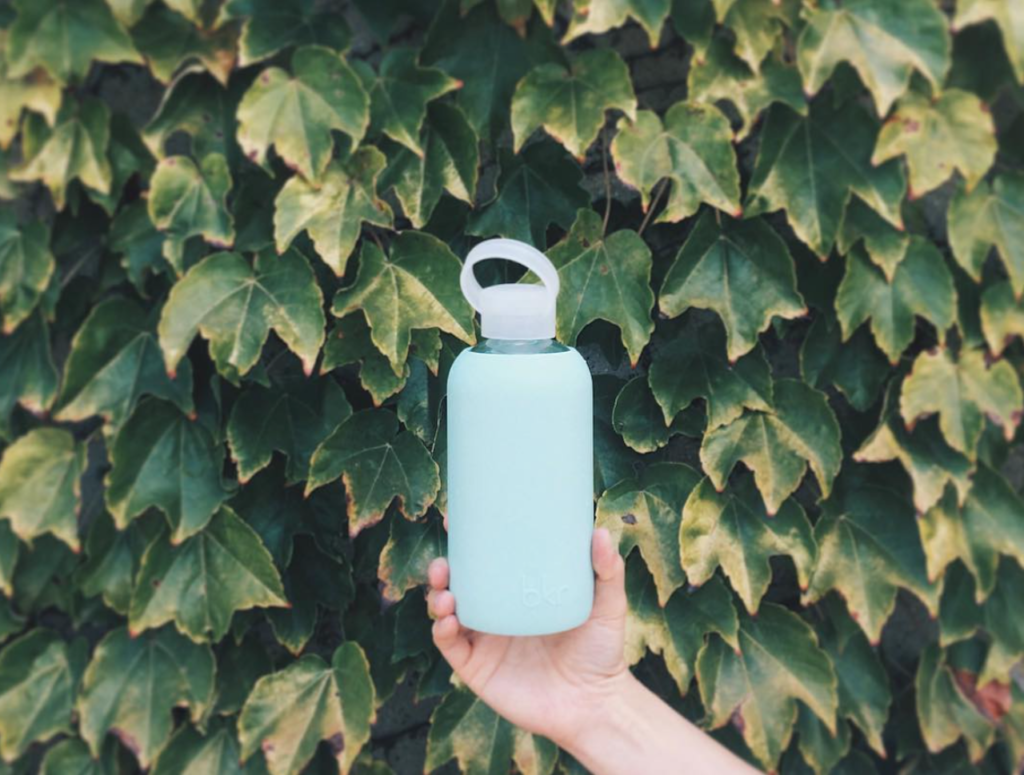How many times a day do you come in contact with something plastic? I bet your phone case is plastic and your water bottle is, too. How many disposable plastic items do you throw away every day? Would you be so wasteful if you knew every molecule of plastic ever created is still on the planet today?

Photo courtesy of @CIEE Khon Kaen Thailand on Giphy
The documentary Plastic Paradise explores the health and environmental risks associated with plastic. Journalist Angela Sun decided to research the topic after learning about the Great Pacific Garbage Patch (giant islands made completely of trash) and found some alarming information.
Plastic started being mass produced around the time of WWII and is now in every home in America. Plastic is pretty much indestructible, which is what makes it so dependable. But where does plastic go when you throw it away? Most likely into our oceans, which is predicted to contain more plastic than fish by 2050.

Photo courtesy of @U.S. Fish and Wildlife on Flickr
Plastic contains harmful chemicals like PCB (an oil and coal byproduct), DDT (a pesticide), and PAH (a coolant), but its most harmful chemical may, arguably, be Bisphenol A, better known as BPA. BPA is in pretty much every piece of plastic: baby bottles, water bottles, electronics, canned foods, and anything else you can think of.
It’s estimated that more than 93% of all Americans are living with BPA. So what is it? BPA was designed in the ’30s as birth control for women, meaning the chemical contains high levels of estrogen. Scientists found that it wasn’t very effective at this, and decades later discovered it could be used to make hard, clear plastic.

Photo courtesy of @U.S. Fish and Wildlife on Flickr
BPA enters your body through consumption and even seeps through the skin. Researcher Fred vom Saal found that BPA can be transferred into your body by touching receipt paper. It travels rapidly through your body, straight to your brain and other organs.
President and CEO of the Breast Cancer Fund, Jeanne Rizzo, notes that there has been a dramatic increase in breast cancer and a decrease in the age puberty begins that can be accredited to BPA’s estrogenic effects. Researchers have found it can also be linked to diabetes, infertility, impaired learning, and even brain damage.
Some plastic-using companies have answered consumers’ needs for BPA-free plastic, and switched to BPS. The only problem is that BPS could be just as harmful, according to Scientific American. It’s better just to stay as far away from plastic as you can.

Photo courtesy of @qtpah2ie on Instgram
Drinking from glass or stainless steel bottles is better for your health, but be careful because some steel containers contain plastic linings on the inside. Klean Kanteen, Lifefactory, Contigo, and BKR are a few awesome BPA-free bottle choices. If you’re itching to get a start on saving your body and environment, start with cutting out plastic tops you put on coffee or to-go cups and reducing your use of plastic bags. Do you really need a giant bag for one thing?
For more information, check out Plastic Pollution Coalition’s free guides on living plastic-free, and watch Plastic Paradise on Netflix now.


